PCB Dimensional & Thermal Stability
Achieving PCB stability involves balancing design precision and costs through techniques like GD&T, balanced stack-ups, and even metal distribution for reliability.
In the modern sea of change in electronics, physical and thermal stability is one of the cornerstones of reliable performance for Printed Circuit Boards. Being the basic structures that house electronic components and allow their interconnection, PCBs have to meet strict mechanical and thermal specifications. The balance of these without overshooting costs is a major challenge for designers. This article reviews critical aspects of dimensional and thermal stability in PCBs, along with strategies for effectiveness and efficiency in making them.
Importance of Dimensional and Thermal Stability
PCBs are not just simple passive carriers for electronic components but actively participate in making the device work as expected. The dimensional and thermal stability in PCBs supports the following key functions:
Component Alignment and Integrity: There are going to be precise dimensions for such components to align properly. Alignment is essential for good soldering and good electrical connections. Mismatched dimensions could result in open circuits or shorts, which can be extremely damaging to overall device functionality.
Signal Integrity: Temperature fluctuations cause traces on a PCB to expand or contract and alter their impedance, therefore potentially degrading the signal. This is especially problematic in high-frequency applications where high signal fidelity is required.
Reliability and Durability: Thermal stresses create mechanical failures such as cracked solder joints and delaminated layers that will reduce the operating life of the device.
Multilayer Board Precision: Multilayer PCBs must be absolutely accurate between the different layers. Misalignments may well create via-related and overall functionality problems, which make the fabrication and assembly steps more complicated.
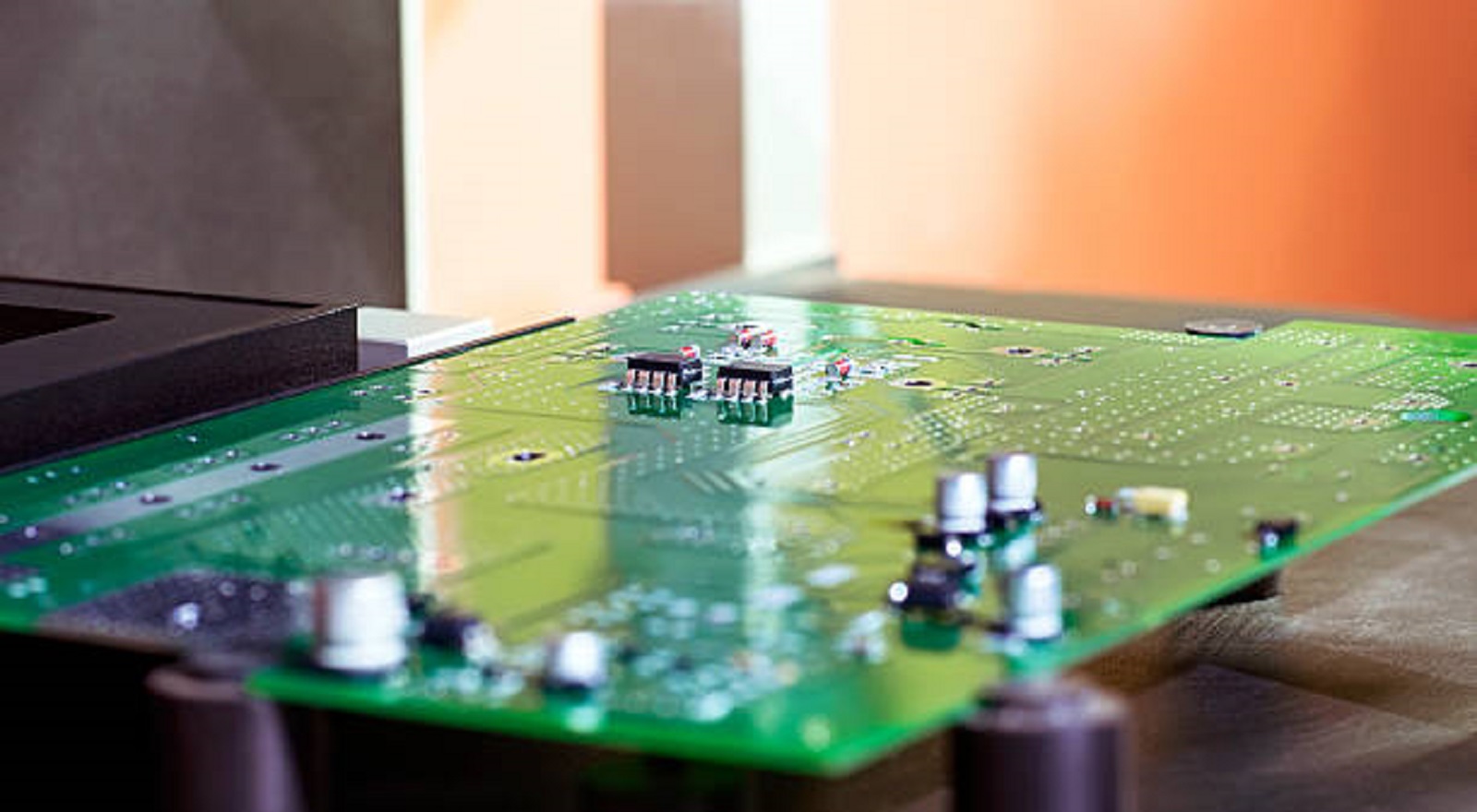
Strategies for Ensuring Dimensional and Thermal Stability
Stability in PCBs is achieved through a mix of thoughtful design and advanced manufacturing practices. Below are key strategies to ensure that PCBs meet dimensional and thermal criteria while ensuring cost-effectiveness:
Geometric Dimensioning and Tolerancing
GD&T allows for specifying the exact dimensions in relation to cost efficiency:
Fit and Functionality: The board outline must fit into its housing without even a single glitch, considering certain dimensions for connectors and mounting features. Internal radii should be such that they can accommodate connector slots without obstructing their functionality.
Mounting Hole Precision: Having a bolt pattern with positional tolerance allows for the proper alignment of mounting holes. Coordinating these measurements with the enclosure design ensures compatibility, preventing tolerance accumulation that may lead to assembly problems.
Non-Plated Hole Tolerances: These are holes that would normally be used in a mechanical fitting or tooling and can have closer tolerances than plated holes. Drilling them after lamination avoids problems such as shrinkage and misalignment, improving production yield.
Balanced Stack-Up Design
A balanced stack-up design is crucial to uphold the structural integrity of the PCB:
Symmetrical configuration: starting from the inner most layers out to the outer layer in symmetry ensures that the thermal and mechanical stresses are uniformly distributed, thereby minimizing warping.
Weight of copper: In power and ground planes, it may require heavy copper whereas, signal layers usually require a thin layer for fine-line etching. But there are proper distributions in copper that enhance stability.
Even Metal Distribution
Warpage is minimized by distributing the metal evenly on the PCB. This is important for the flatness of the PCB:
Copper Pour and Thieving: Such methods include ground pour or copper thieving, which spreads metal around even. Such strategies come in very useful when routing is too dense to allow for the optimal usage of via.
Panel Considerations: Stealing at the edges of an assembly panel keeps the panel flat, which is very important in the assembly of surface-mount devices such as BGAs that require very fine pitch.
Stiffener Bars and Reinforcement
The use of stiffeners and gussets in mechanical reinforcement helps both the structural and thermal performances of a PCB:
Stiffeners: Adding aluminum or any other metal stiffeners as crossbars or frames strengthens structurally demanding areas of thin PCBs while providing a thermal pathway.
Underfill/Gussets: The underfill applied in the highly component-dense area reduces thermal stress and enhances mechanical strength. Gussets can be added to points of stress to distribute strain, especially when there is heavy or large components in the make-up.
Heavy Copper and Metal Core
For applications with higher thermal management requirements, heavy copper PCBs and metal core PCBs add stability:
Embedded Metal Layers: In both metal core or heavy copper in PCBs, it provides stability against thermal expansion and mechanical torsion. These types of designs are best suited for very high-temperature applications, such as power supplies and LED boards, to increase thermal conductivity and mechanical strength.
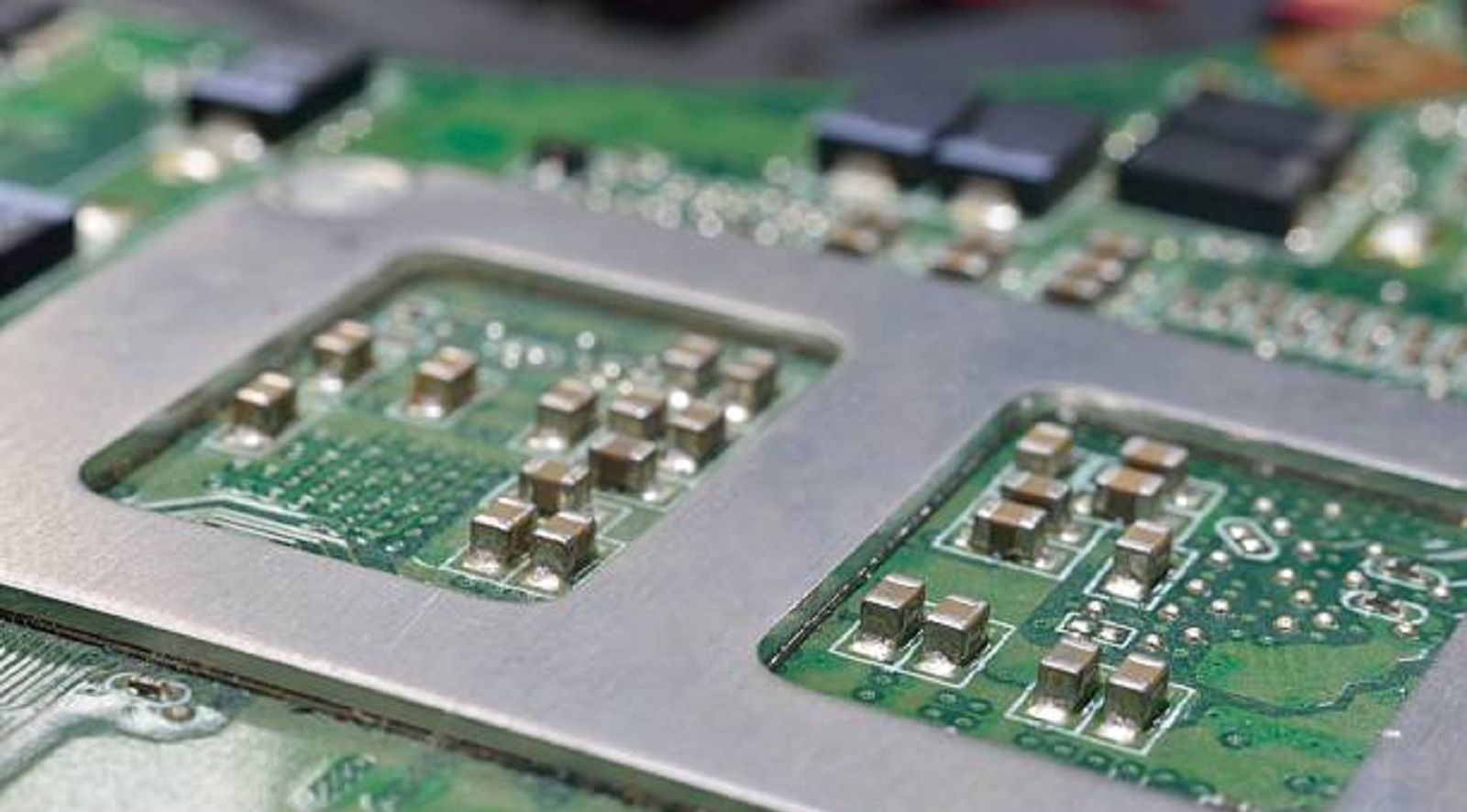
Designing PCBs with dimensional and thermal stability is a delicate balance between precision and cost management. With the use of advanced techniques like GD&T, balanced stack-ups, even metal distribution, and structural reinforcements, engineers can significantly enhance the reliability and performance of electronic devices. With thoughtful material selection and careful design, along with strategic fabrication partnerships, the challenging interplay of mechanical precision with cost-efficiency in the manufacture of PCBs can be navigated to create superior electronic products.
Hot Tags:
Contact us

If you can't find what you're looking for, please contact us.
Article
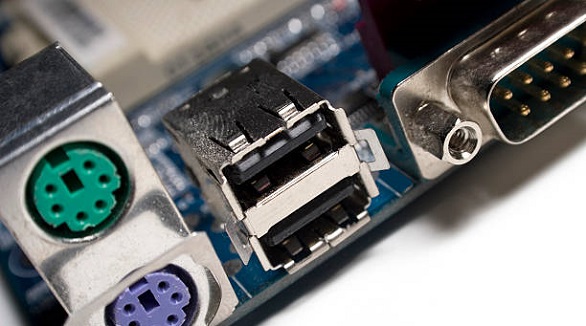
PCB insertion loss is crucial to managing signal attenuation in high-frequency designs, affected by materials, path length, and connectors—optimized through strategic design measures.
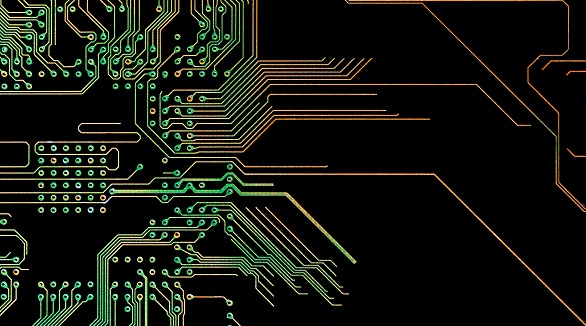
PCB trace technology is crucial for modern electronics, ensuring reliable and efficient signal transmission. Key elements include trace width, spacing, and material selection.
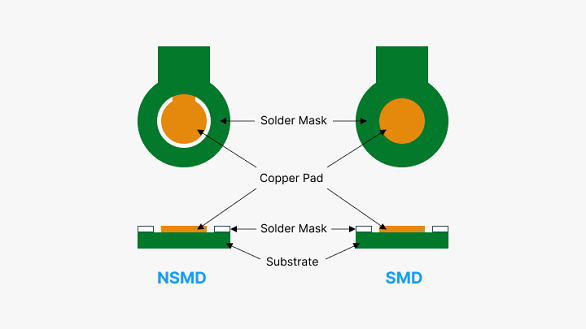
Solder masks protect PCBs from environmental damage and electrical shorts, enhancing reliability and aesthetics. The application is complex, requiring professional fabrication to ensure quality and compliance with regulations.
